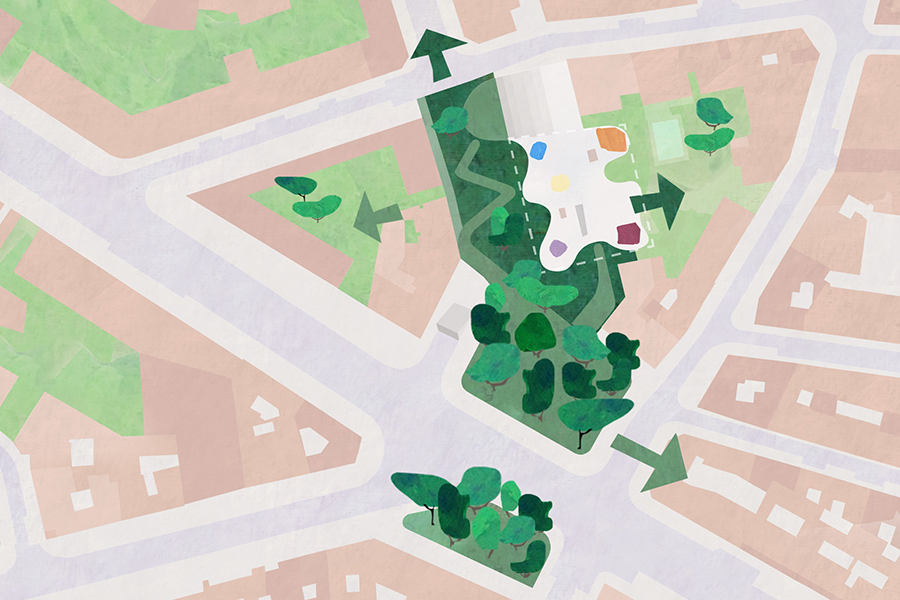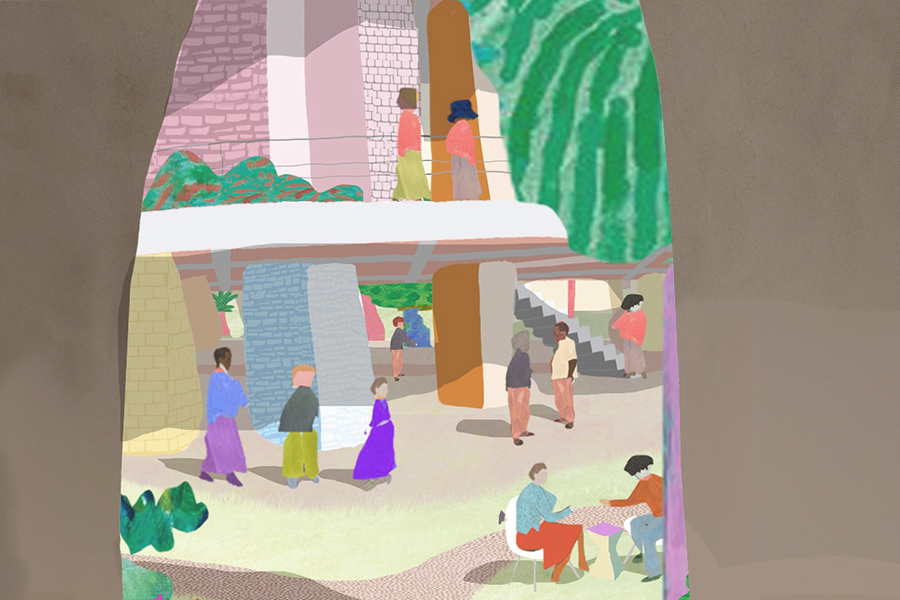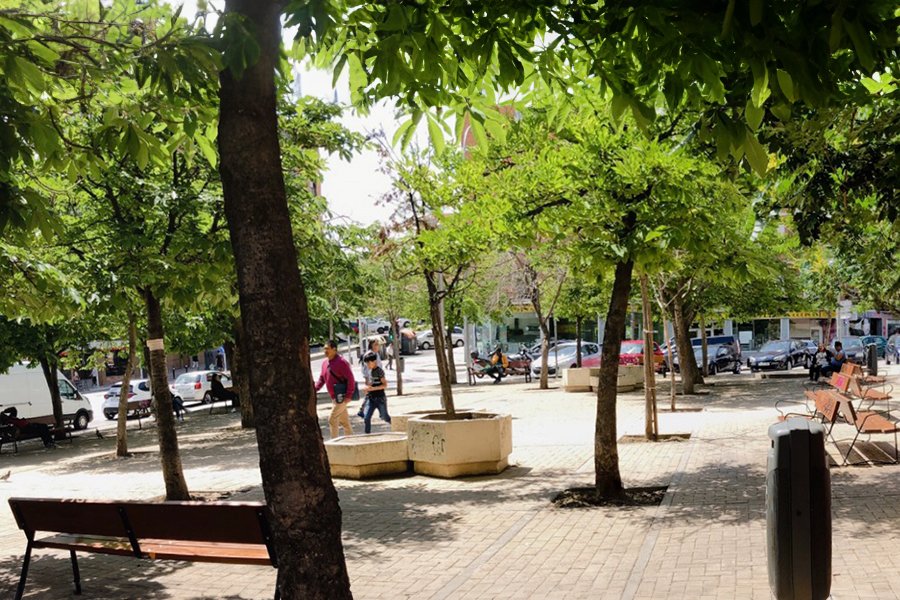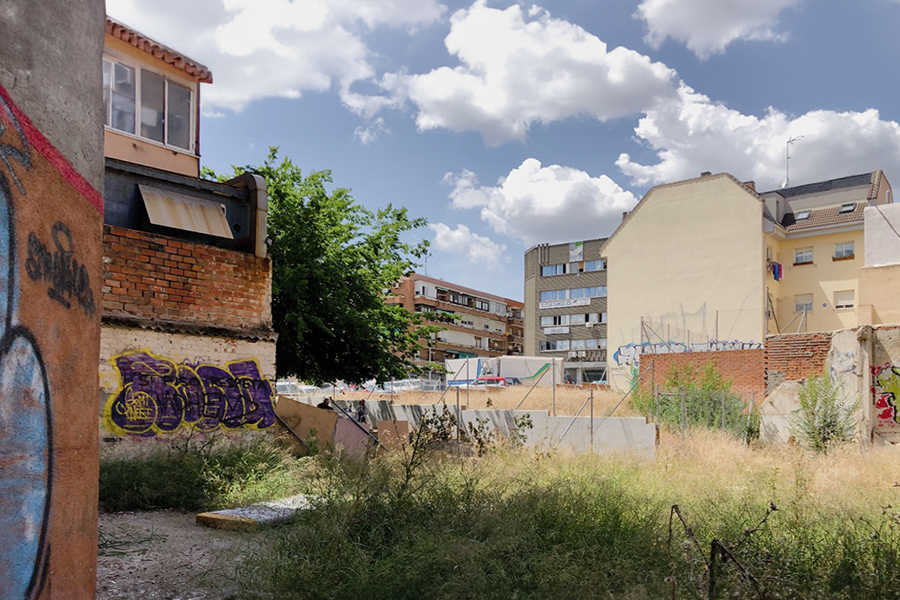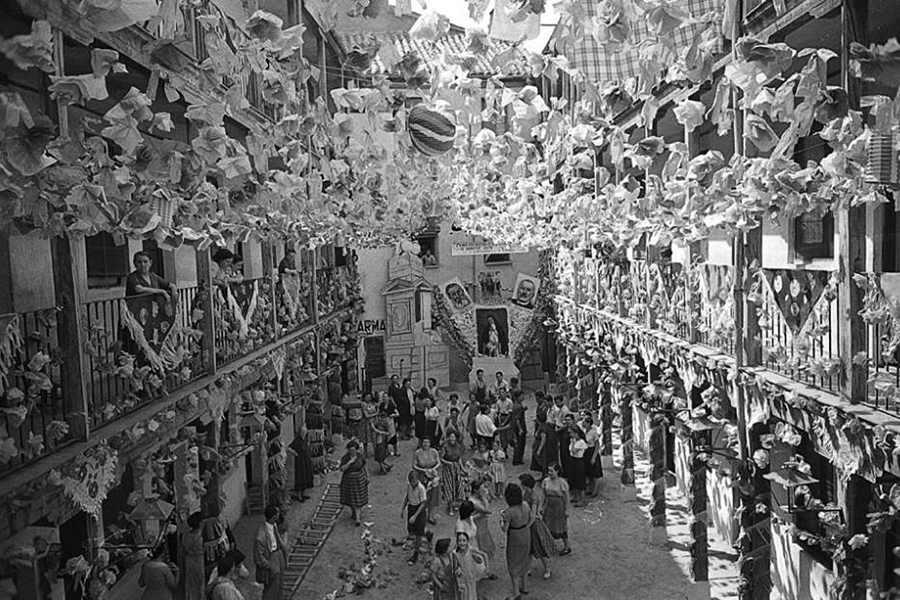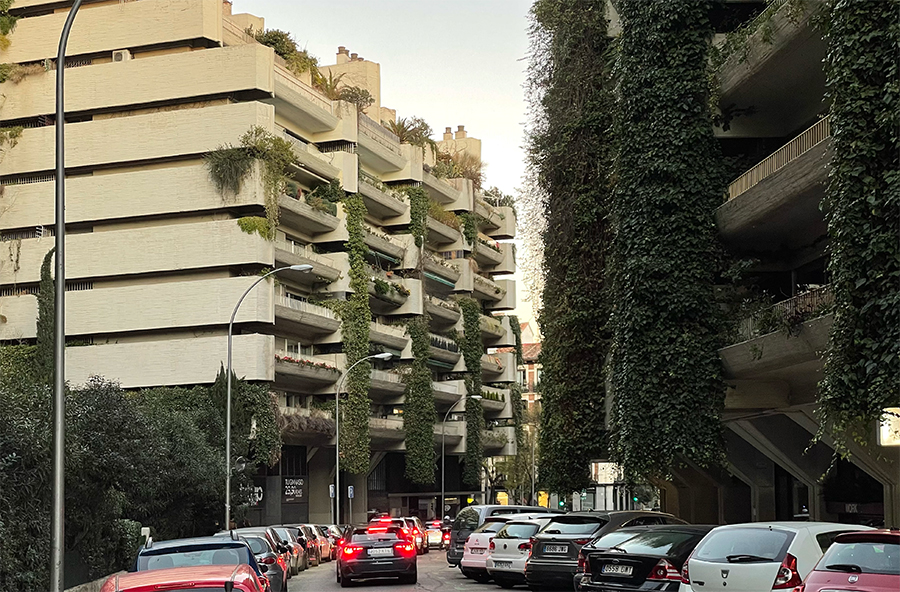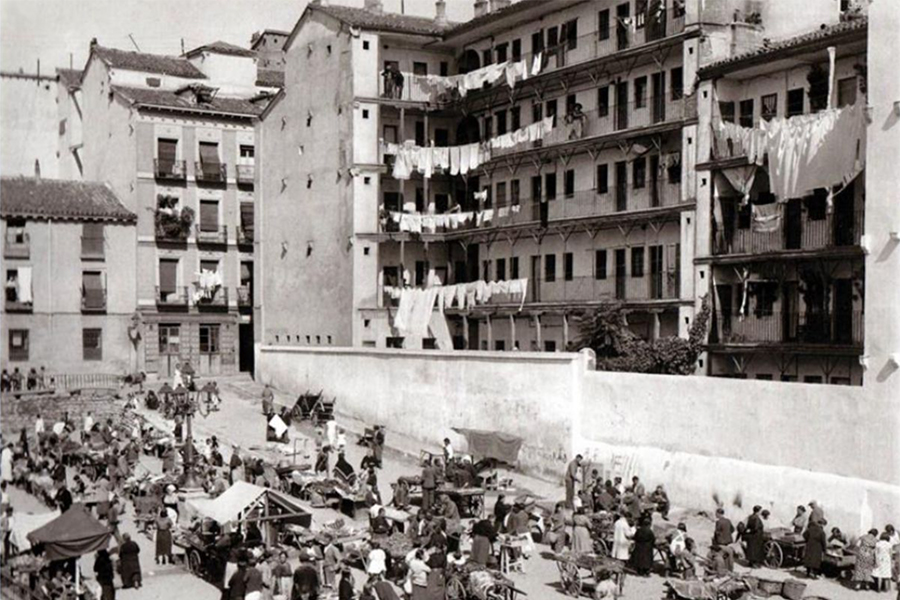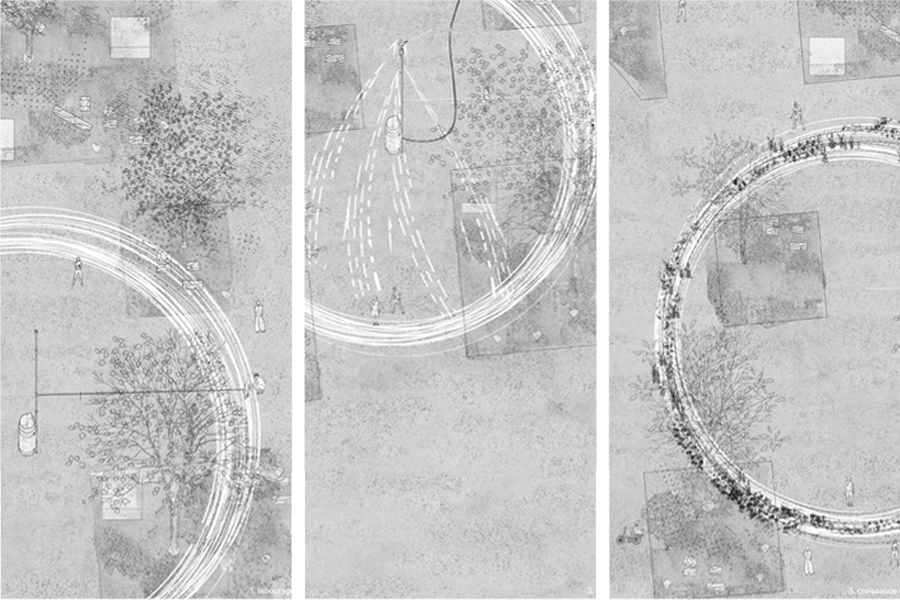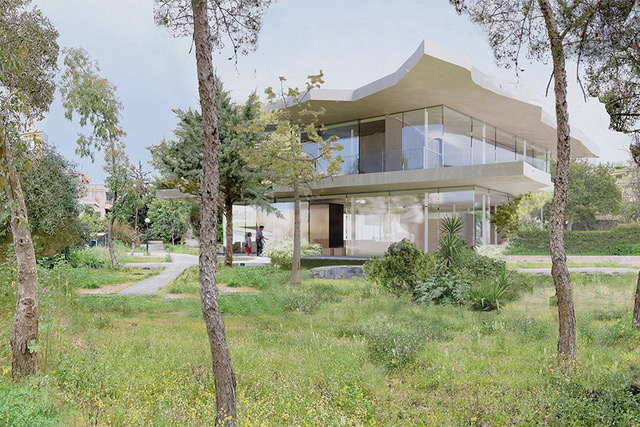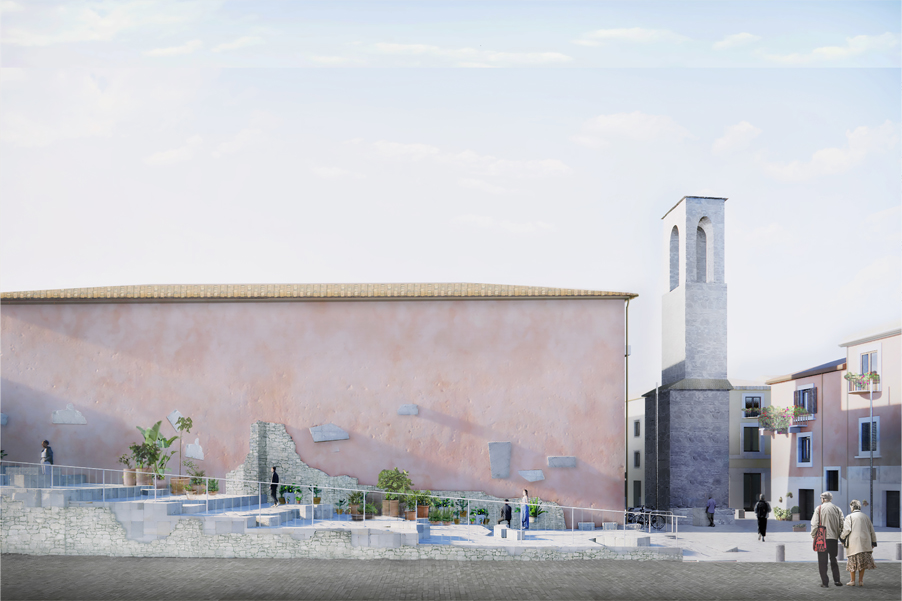El Jardin de Ladrillo
Madrid (ES) - Lauréat

TEAM PORTRAIT
VIDEO (by the team)
INTERVIEW
Click on the images to enlarge
1. How do you define the main issue of your project in relation with the theme “Living Cities Imagining architecture taking care of the milieus”? And in which way do you think your project can contribute to an ecological and/or social evolution?
While seemingly unconventional, Jardin de Ladrillo is born of the brief. We propose a space for community and cultural exchange that addresses the needs of Carabanchel. We propose a living building, a series of stacked gardens, a space that is comfortable and flexible, restorative and grounding, A place capable of maturing in beauty alongside dynamic Carabanchel.
2. How did the issues of your design and the questions raised by the site mutation meet?
Informed by a close reading, research, and lived experience – Carabanchel is infused into this garden building. The materiality of the ladrillo, the familiar construction methods, the supportive massing, the native plants, the vernacular sustainability strategies, and the spaces for communal expression all support the local milieu and the people who create it.
PROJECT:

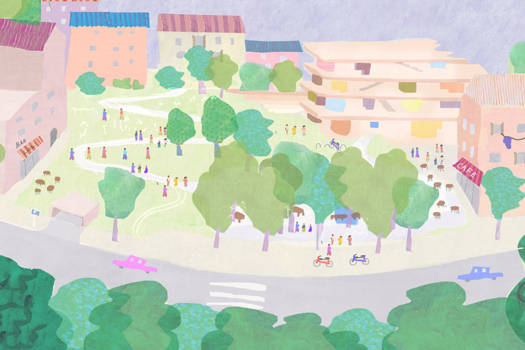

Our team came together through a shared experience of working in the office of Junya Ishigami, and have shared experience working on public and cultural projects internationally. We also found inspiration in the historic Secadores de Tabaco, which dot the Spanish countryside. Other generative sources included vernacular brick and concrete housing in Madrid, as well as works by Miquel Barcelo.
SITE:

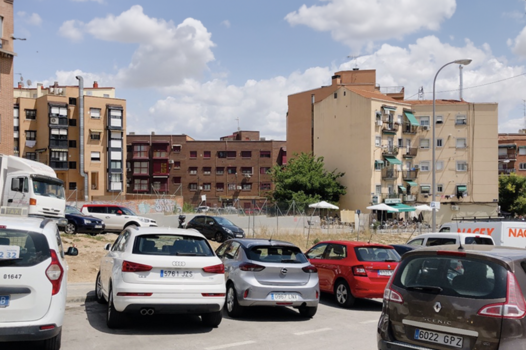

We are having conversations with city officials in Madrid to discuss the next steps and a feasibility study. We left the program in our proposal extremely open and flexible. We intend to work with local stakeholders via a community-informed development process to better identify the potential for the building & landscape to serve as a hub for culture, exchange, nature, and collective wellbeing.
REFERENCES:



We have all worked on various competitions together in the past and are increasingly familiar with developing projects collectively despite working remotely. Many of our skills overlap, but the combination of working independently and then together virtually allows us to develop our own interests and stitch them into a collective fabric.
6. How could this prize help you in your professional career?
We have all worked on competitions independently, collectively, and at various firms. We were extremely excited to hear good news about this competition. We are sincerely hopeful and deeply humbled by the potential to contribute a new, nature-infused, collectively informed community space in the dynamic fabric of Carabanchel.
TEAM IDENTITY
Legal status:
Team name:
Average age of the associates: 32 years old
Has your team, together or separately, already conceived or implemented some projects and/or won any competition? if so, which ones?
- Competition for a public square in Amatrice, Italy, 1st prize 2023
- Competition for a public garden in Lausanne, Switzerland, 1st prize, 2023
WORKS:



